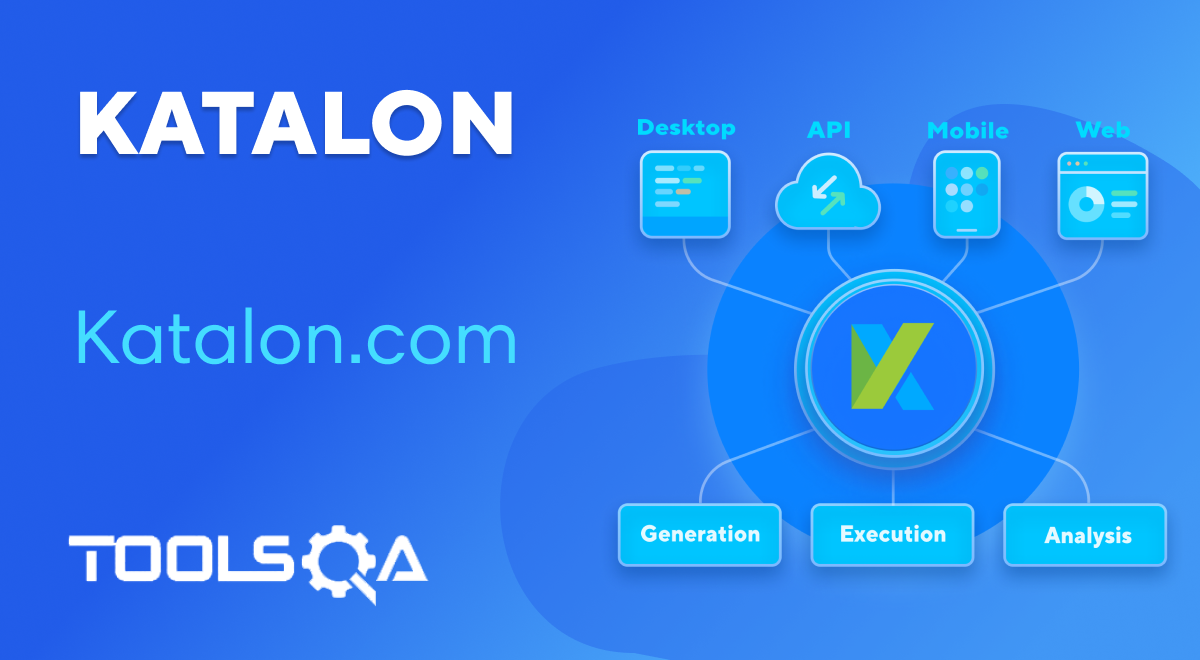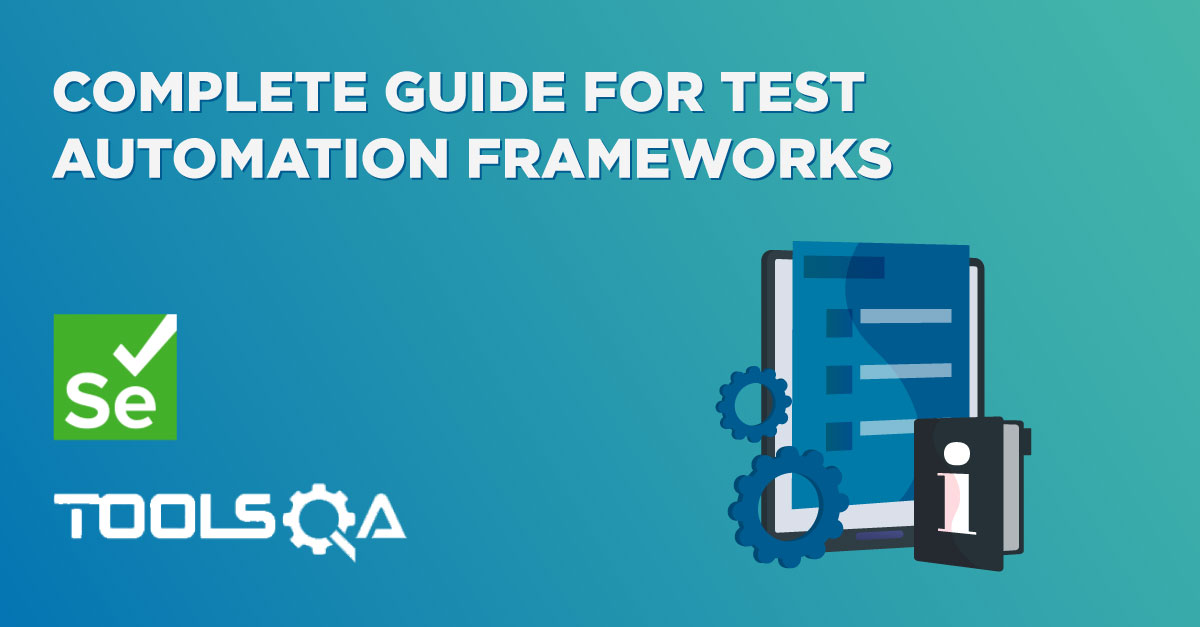Competition has become fierce in the software testing industry. Therefore, to stand out among other QA applicants in your upcoming interview, here are the top 10 API interview questions you should know like the back of your hand. Additionally, you should prepare yourself well for whatever your employer might throw at you.
API Testing Interview Questions
1. How would you define API Testing?
API (Application Programming Interface) is a software interface that exchanges data between two separate systems. Additionally, API testing essentially uses software or tools to test this intermediary to see if APIs meet the requirements based on functionality, reliability, performance, and security.
Moreover, some popular APIs are Google Maps API or YouTube API.
2. What are the three crucial differences between API and web services?
Secondly, with web service becoming an important venue for API testing, it is important to clear up a few misconceptions that may arise for these definitions.
| API | Web services |
|---|---|
| API is crucial for the interaction between platforms, retrieving responses based on user requests without having them involved in the process itself. | All web services are APIs. However, web service allows for open-sourced data transfer and communication processes between platforms. |
| API uses both HTTP and HTTPS as a protocol. | Web services, on the other hand, only support HTTP. |
| API is less restrictive as they can use any styles of protocol. | Most of the time, SOAP and REST use web services. |
3. Could you name some types of API Testing?
- Functional testing: We use it to test if an API’s functionalities are working as expected.
- Runtime and error detection searches for any errors that might jeopardize an application’s flow.
- Additionally, load testing also measures how well an API performs under a real-world load or high activity from users.
- Moreover, security testing validates authentication and user rights management. In addition to this, it also determines whether safeguard measures are sufficient to protect sensitive data against external threats.
- UI testing engages in the functionalities and performances of the user interface or usability of the application.
- Additionally, validation testing ensures that the current system works as expected to the laid out requirements.
4. What are the advantages of API Testing?
One misconception that people often have is that all API is that we can automate all types of tests. Instead, one should look at how API testing is chosen over GUI for test automation because:
- Automated API testing can effectively identify all functional paths.
- Moreover, API is the most suitable platform for automation.
- Additionally, it is also stable, easy to manage, and gather feedback.
5. What are the main principles of an API test design?
API test design should be based on the following:
- Setup: This involves creating different objects or start services.
- Execution: After that, execution begins with logging included, these steps apply scenarios or API.
- Verification: Thirdly, this step analyzes the executions’ outcomes via oracles.
- Reporting: Fourthly, it looks at passed, failed, or blocked tests.
- Data clean up: Finally, this step ensures high-quality data to analyze results better.
6. What are some of the API Testing tools?
The top 2 API testing tools on the market now are Postman and Katalon Studio.
- Postman is a plugin on Chrome that we commonly use to test API services. Additionally, it’s a reliable HTTP client with parameterization capabilities and support of OpenAPI GraphQL and RAML.
- Katalon Studio is an all-in-one automation solution for API, web, mobile, and desktop testing. Supporting REST, SOAP/1.1, and SOAP/1.2 requests, Katalon Studio simplifies the test process with keywords and pre-made templates for faster test design, easier test maintenance with reusable test artifacts, and BDD support.
Moreover, you can read more on this link for best practices: 3 Best Practices to Refine API Testing | Postman Alternatives in 2021.
7. What is the best approach method to perform API Testing?
- Set out accurate input parameters.
- Authenticate the API calls from having two or more input parameters.
- After that, determine the purpose and targeted customer of the API program.
- Design quality API test cases and check the operability through testing techniques like boundary value.
- After that, compare and contrast the actual and expected results.
- Check the API’s behavior under conditions like its connection to files.
- Apply automation wherever possible.
8. What are the benefits of API Testing? How does API Testing differ from GUI Testing?
- System’s complexity: GUI testing cannot fully verify the functional paths and APIs/services related to the multitasking architecture. In other words, here, an API would be the more stable interface for the system under test.
- Short release cycles with fast feedback loops: Agile and DevOps teams would find that GUI testing requires significant rework to keep up with frequent changes. Consequently, this makes testing at the API layer a quicker and easier to maintain option between the two.
9. Name three differences between SOAP and REST
Both SOAP and REST are web service communication methods. However, a few of their most significant differences are:
| SOAP API | REST API |
|---|---|
| With the functionality and location of the web service. | REST (Representational State Transfer) is a software architectural style that uses both XML and HTTP and JSON and URL (Uniform Resource Locator). |
| As SOAP is an architectural style while REST is a protocol, SOAP cannot use REST. | Given that SOAP is only an architectural pattern, REST can use it. |
| SOAP only allows XML as its messaging format. | REST allows HTML, JSON, XML, and plain text. |
Moreover, you can click here for tips about SOAP and REST to answer API interview questions.
10. Name four common HTTP methods supported by REST
- POST: to generate or update a resource by sending the data to the API server
- GET: It returns or pulls back data from a server at a target source.
- PUT: Unlike POST, the data sent from PUT requests will always result in the same output, whereas POST might not.
- **DELETE: It deletes a resource at a specific URL
Additionally, these methods or operations are often called CRUD: Create, Read, Update/Replace and Delete.
Conclusively, should you need more preparation, see the full list of 50 API testing interview questions here.






